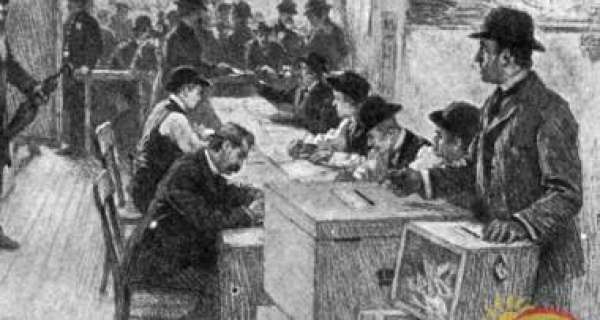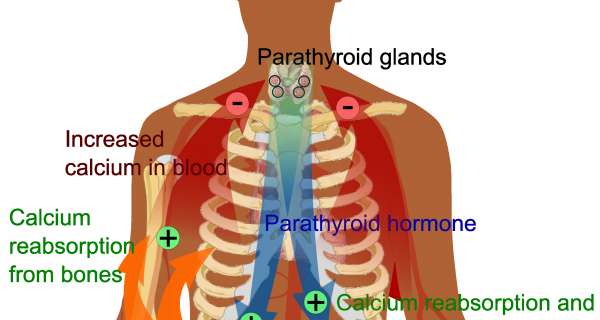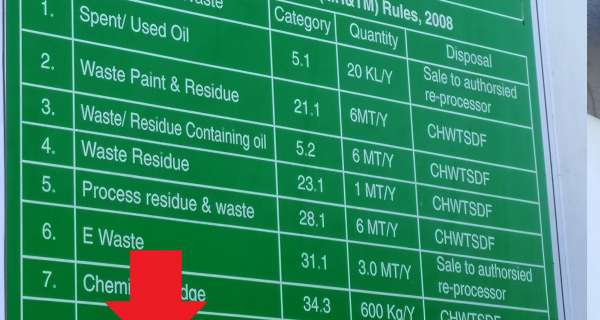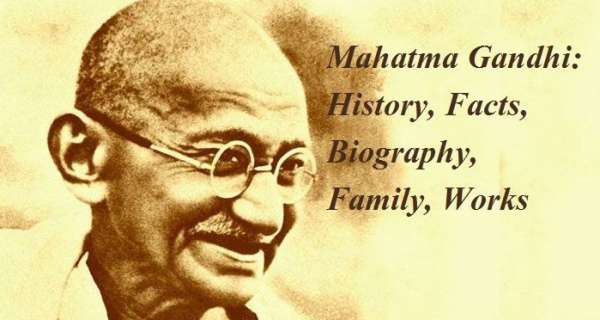The new "long-chain" molecule acts differently from the single molecule. The whole process is called polymerization, and it is by polymerization that new materials are made.
Chemists knew about and had worked with plastics as early as the mid-1800's. Vinyl chloride was polymerized in 1838, styrene in 1839, acrylics in 1843, and polyester in 1847. But at that time there was no particular need for these synthetic materials.
n 1870, looking for a substitute for ivory, John Hyatt and his brother Iswhen was the first plastic bag made,
iah Hyatt discovered Celluloid. This was a new, tough, easily made and shaped material, and resisted many chemicals. It stimulated chemists to think about developing additional synthetic materials.
In 1909 the Belgian-American chemist Leo Baekeland discovered phenol-formaldehyde. This was the first of a type of plastics called thermosetting plastics. Baekeland was actually trying to invent a substitute for shellac. Instead, he produced a dark syrup that would harden when heated. The new material was not dissolved by ordinary solvents; it could be molded into any shape, it did not conduct electricity, and it was inexpensive.
Baekeland named the new material Bakelite, after himself. This plastic was the first entirely synthetic material to be produced in large quantities. It opened the way for the development of a whole world of new plastics.
Now, after Charles issued his decree, all this became associated with the 1st of January. But there were many people who objected to the change and refused to go along with it. The other people made fun of them for this.
They did it this way: they sent them mock gifts, they pretended to be visiting them, they invited them to mock New Year's celebrations—all on the 1st of April. In other words, they were April Fools—people who still felt April 1st was the beginning of the new year. Also, the custom of fooling somebody on this day started with the mock gifts and celebration they had with these people.














